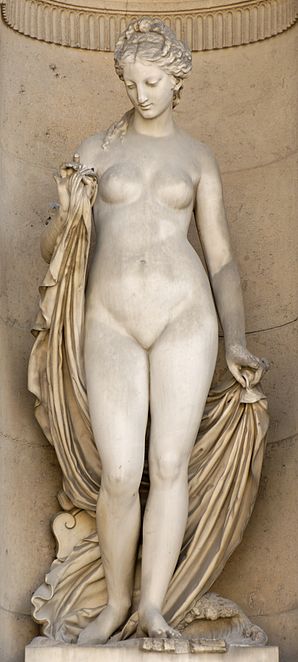A central concept was the Latin term fama, which encompassed rumour, reputation, gossip and news: Fama herself was often imagined as a winged goddess, with ears and eyes covered and tongues extending from her palms. These images were a visual representation of what it was like to live under constant surveillance by one’s neighbours as well as the authorities.
2 Matching Annotations
- Jun 2023
-
www.lrb.co.uk www.lrb.co.uk
-
- Nov 2021
-
docdrop.org docdrop.org
-
But when he got his breath back and the spirit regathered into his heart, heat last unbound the veil of the goddess from him, 460 and let it go, to driftin the seaward course of the river, and the great wave carried it out on thecurrent, and presently Ino took it back into her hands.
In Greek mythology, Ino (/ˈaɪnoʊ/ EYE-noh; Ancient Greek: Ἰνώ [iːnɔ̌ː][1]) was a mortal queen of Boeotia, who after her death and transfiguration was worshiped as a goddess under her epithet Leucothea, the "white goddess." Alcman called her "Queen of the Sea" (θαλασσομέδουσα thalassomédousa),[2] which, if not hyperbole, would make her a doublet of Amphitrite.—Ino (Greek mythology)—Wikipedia)
 <small>Leucothea (1862), by Jean Jules Allasseur (1818-1903). South façade of the Cour Carrée in the Palais du Louvre.</small>
<small>Leucothea (1862), by Jean Jules Allasseur (1818-1903). South façade of the Cour Carrée in the Palais du Louvre.</small>
-